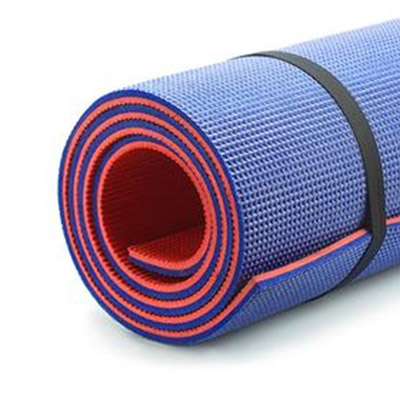10 月 . 10, 2024 18:07 Back to list
A Comprehensive Guide to Choosing the Right Bike Size for Children
Choosing the right bike size for children is crucial for their safety, comfort, and enjoyment while riding. A well-fitted bike allows them to ride confidently and helps them develop their skills more effectively. This article will provide an overview of how to determine the appropriate bike size for children, using a bike size chart as a reference.
When selecting a bike for a child, the first step is to consider their height. Most bike manufacturers provide size charts that correlate a child's height with the appropriate bike frame size. Generally, children's bikes are categorized by wheel size, which ranges from 12 inches for toddlers to 24 inches for older children. Here’s a breakdown of typical bike sizes based on a child’s height
1. 12-inch bikes Suitable for children approximately 2 to 4 years old, or about 28 to 38 inches tall. These bikes often come with training wheels, which offer stability as young riders learn to balance.
2. 16-inch bikes Designed for kids aged 4 to 6 years, standing around 36 to 42 inches tall. At this stage, children start to gain more confidence and might prefer bikes without training wheels.
3. 20-inch bikes Ideal for 6 to 8-year-olds, or those between 42 to 48 inches tall. These bikes typically offer more advanced features and may include gears, helping children to tackle different terrains.
4. 24-inch bikes Suitable for kids aged 9 to 12 years, with heights ranging from 48 to 58 inches. These bikes resemble adult bikes more closely and can be used for longer rides.
children's bike size chart

To ensure the child’s bike fits properly, it’s important to consider inseam length in addition to height. The inseam is a measurement from the crotch to the ground. To find the right size, have the child stand over the bike frame with both feet flat on the ground. There should be a clearance of about 1 to 2 inches above the top tube for a balance bike and around 2 to 4 inches for a bike with larger wheels.
Another aspect to consider is the bike’s seat height. The saddle should be adjustable, allowing the child to reach the pedals comfortably. When seated, the child’s legs should be able to extend fully while pedaling, which contributes to a smooth cycling experience.
Brakes are also vital for safety. Most kids' bikes come with either hand brakes or coaster brakes. Children should be able to comfortably reach and operate the brakes. Hand brakes require a stronger grip, so it is essential to ensure the child is physically capable of handling this type of braking system.
Finally, it’s advisable to take the child for a test ride whenever possible. This allows them to feel how the bike rides and whether they can handle it easily. A bike that feels good to ride will encourage more time spent outside and promote a healthy, active lifestyle.
In conclusion, using a children’s bike size chart is an excellent way to ensure you choose the right bike for your child. Consider height, inseam, and the child’s ability to operate the bike to find the perfect fit. Ultimately, the right bike will encourage your child to explore their surroundings, enjoy the outdoors, and develop a lifetime love for cycling.
-
Toy Car with Parental Remote - Safe Electric Ride-On Car with Parental Control
NewsJun.10,2025
-
Cheap Bikes for Students - Affordable & Durable Student Bicycles Online
NewsJun.10,2025
-
Children Balance Bike Lightweight & Adjustable OEM Designs
NewsMay.30,2025
-
Junior BMX Race Bikes Lightweight, Durable & Speed-Optimized
NewsMay.30,2025
-
21-Speed Foldable Gear Cycle Compact & Portable Commuter Bike
NewsMay.30,2025
-
Affordable & Durable Bikes for Students Campus Commutes Made Easy
NewsMay.29,2025



